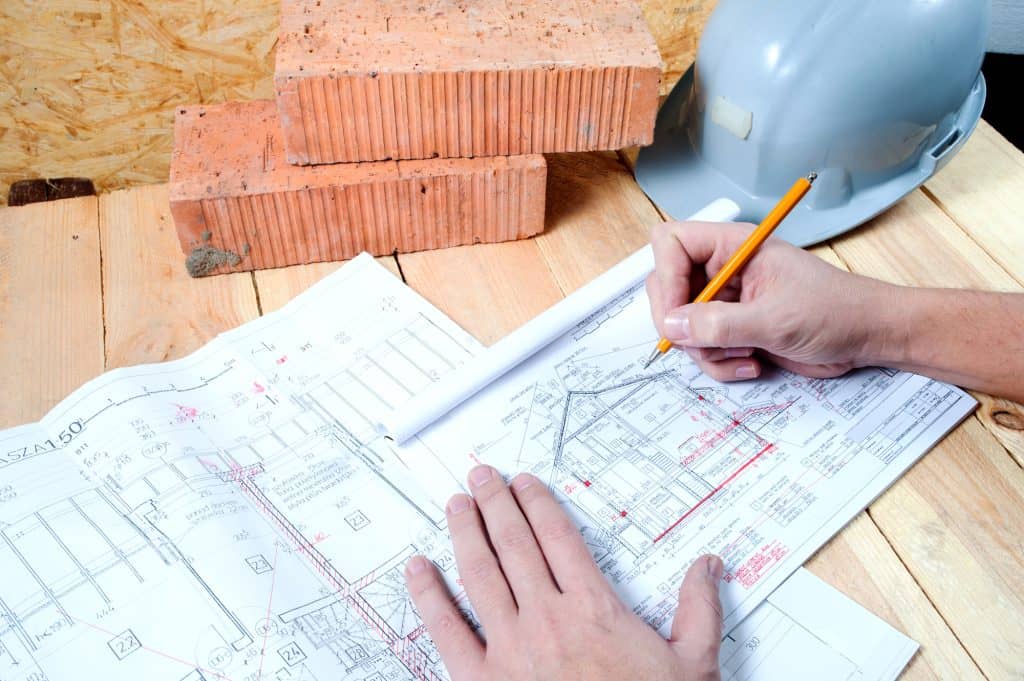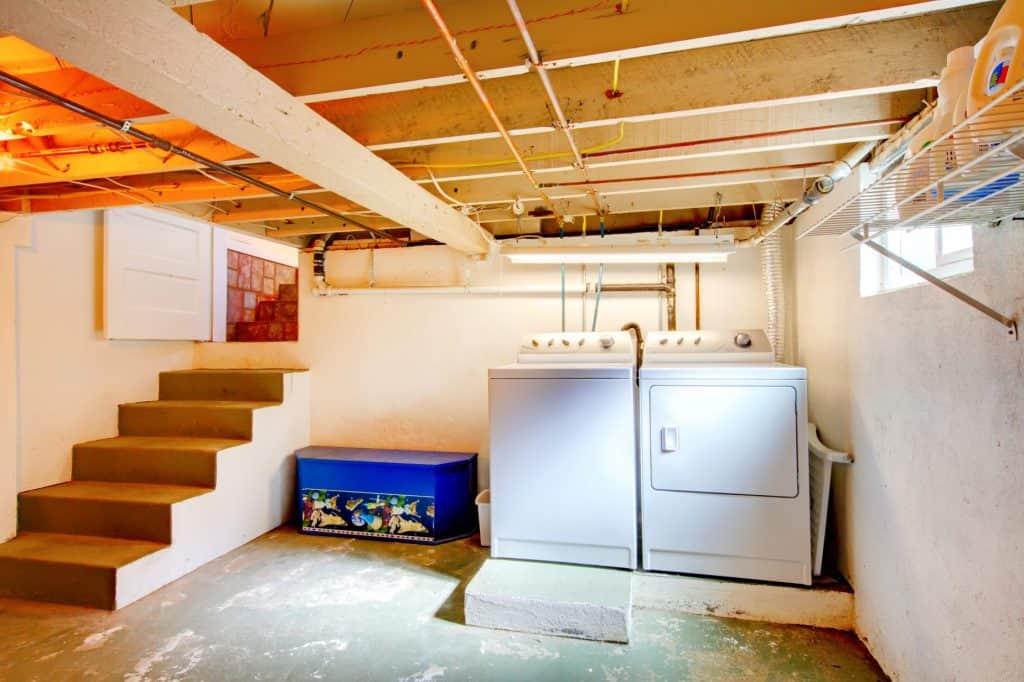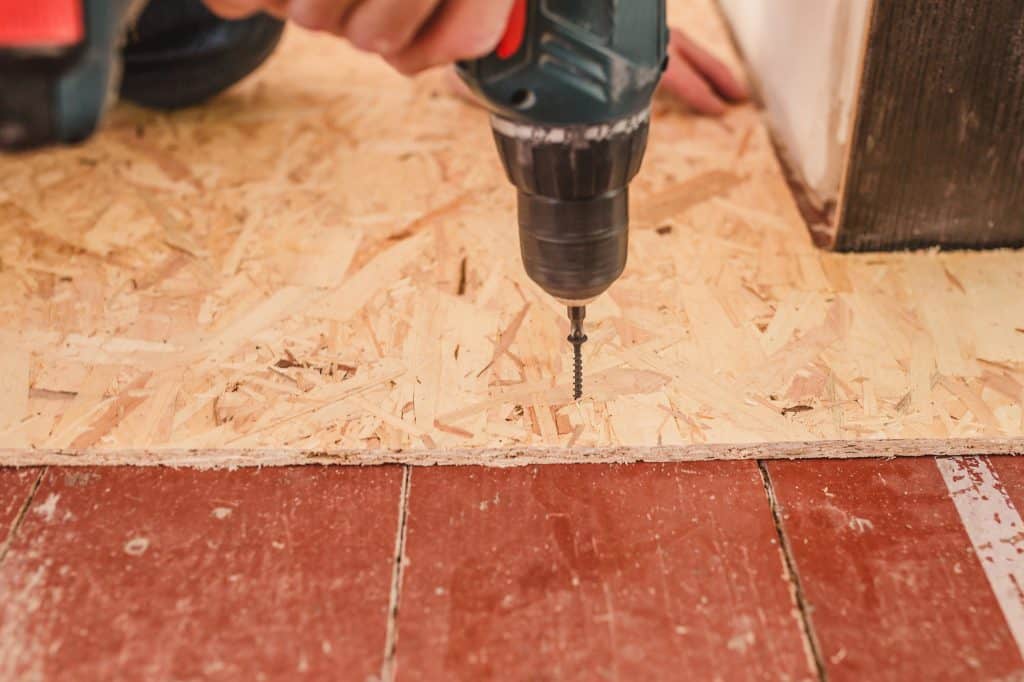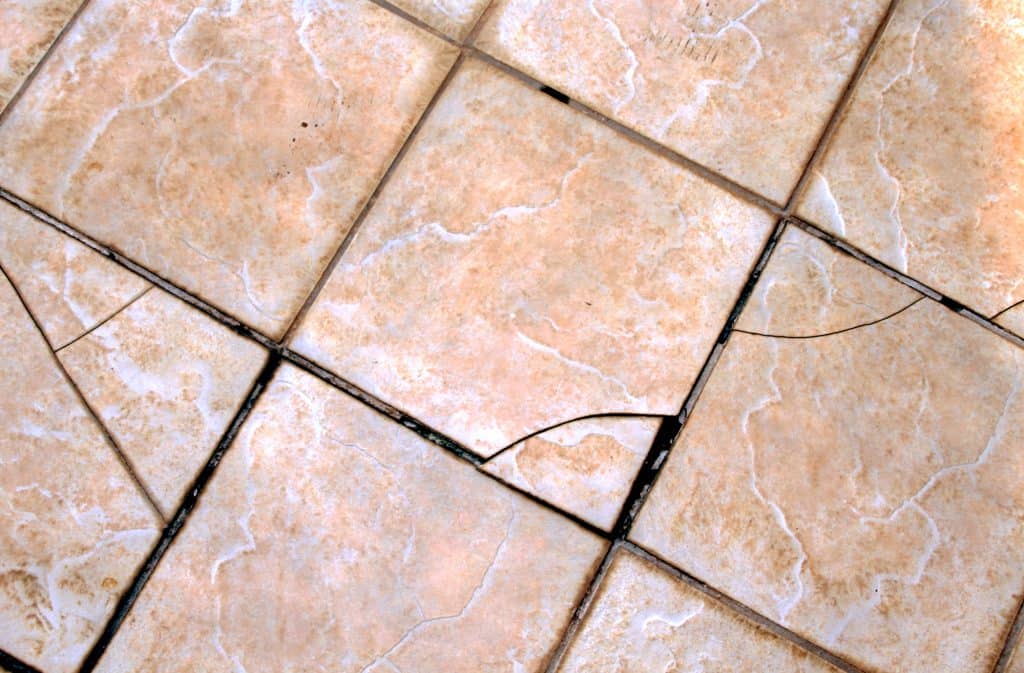If you are interested in building a new house, how long should you expect it to last? There are some people who say that an old home is going to have a lot of problems, and it is better to buy a new home because less can go wrong.
On the other hand, there are some people who say that an older home is better built than a new home, as an older home has already shown it can stand up to the test of time.
Regardless, the answer is that it depends. It is true that a new home can last 50 years, 100 years, or even longer; however, that is only the case if it is built well. If the building company cuts corners, then you could end up with a house that falls apart well before then.
Of course, if you want your house to last as long as possible, you also need to take care of it. How long should you expect your house to last? There are a few important points to keep in mind.
The Factors Determining the Lifespan of a House

First, it is important to cover the factors that will determine the lifespan of a house. A few of the most important factors to consider include:
- Structural Design and Integrity: Without a doubt, this is the most important factor. You need to look at the structural design. How long is the house actually designed to last? For example, several decades ago, a house was designed to last a few decades. Now, homes are designed to last centuries.
It does not necessarily mean that every builder is going to construct a house that will last more than a hundred years, but it does mean that you need to pay attention to the structural design of a home. For example, if it has been designed to stand up to hurricane winds and severe flooding, it should last a long time. - The Foundation: The foundation is also critically important. The vast majority of foundations today are designed with concrete and poured-block footings. They should last at least 80 years, but they are also waterproof for the first decade or so. You might want to invest in additional waterproofing every so often to make sure your foundation is adequately protected.
- The Flooring: Your floors are also very important. If something goes wrong with the floors, you can certainly replace them; however, this could cost tens of thousands of dollars. The most durable flooring materials include wood, granite, and marble. All of these should last for more than 100 years, but you need to protect them against moisture, mold, and mildew.

There are plenty of other factors that will determine the lifespan of your house as well. The weather, maintenance, and roof will all impact the lifespan of your house, but these are the most important factors to consider. What are some of the indications that a home has been built well?
Signs That a House Has Been Built Well
How do you know if a house you are looking at has been built appropriately? Even though you can certainly talk to the builder to get answers to many of the important factors highlighted above, there are several important details you should pay attention to as well. Some of the signs that indicate that a house has been built well include:
The Stairs

Be sure to pay close attention to the stairwell. Take a look at the straightness, spacing, and alignment of the stairs themselves.
- Do the stairs look even?
- Do they appear to be straight with the rest of the wall?
- Do they feel strong when you step on top of them?
If the stairs have been built well, this is a sign that the builder paid a lot of attention to detail. This attention to detail has probably spread to other areas of the house, so the rest of the home has probably been built well.
The Crawl Area or Basement

If your house has a crawl area or basement, you should spend a few minutes looking at this area as well. Do you notice a lot of spray foam in the brim joists? Does the insulation look solid and come with a high rating? You may be able to find these details in other areas of the house, but you will be able to spot them more easily if you head down to the basement. This is a sign that the builder has done his or her job.
The Kitchen
There is a saying that the kitchen is the heart of the home, and that is why you should pay close attention to it when you are evaluating the quality of the construction. For example, take a look at the crown molding. It should be finished all the way to the top of the ceiling.
You do not want to see any gaps between the crown molding and the rest of the wall, as this is a potential vulnerability for a major structural issue.
You should also take a look at the backsplash, cabinets, and countertops. Everything should either follow a specific pattern or come with straight lines. If anything appears to be a bit uneven, this is a sign that the builder may not have paid a lot of attention to the measurements in the kitchen. You could face some problems down the road.
The Presence of Multiple Shut-Off Valves

The builder will probably know where the main shut-off valve is for the house. On the other hand, you need to know where the individual shut-off valves are for the shower, bathtub, sink, and toilet. Every appliance that has water, including your washing machine, should have an individual shut-off valve.
It may feel like a given that these important items are going to be present, but that is not always the case. Talk to the builder to make sure you are familiar with the location of each individual shut-off valve. If they did not put one in, you need to ask why.
The Millwork
Finally, do not forget to take a look at the quality of the millwork as well. All areas where carpentry is present should have plenty of clean cuts. The joints should look clean. The door casings need to be even.
When the builder is done, it should look like everything is cut from a single piece. Of course, it should be finished with quality painting as well. You are looking for signs that the builder has paid close attention to each detail.
Signs That a House Has Been Built Poorly
On the other hand, there are also several signs that could indicate that a house has been built poorly. Some of the biggest examples include:
Uneven Floorboards

If you find that there are a lot of uneven floorboards in the house, that is a major concern. Gaps in the flooring mean that there is plenty of space for moisture and humidity to get underneath the floors. You could end up having to replace the floors sooner than you think, which could cost thousands of dollars. Make sure you pay close attention to the quality of the floors.
Cracks in the Tile
You also need to pay attention to your tiled floors. If you have tile in the bathroom, take a closer look at it before you purchase the house. If you spot any cracks in the tile, this is a sign that the floors could be damaged. You do not want to see any gaps in between the tile and the wall, as this is a significant vulnerability in the floor.

Poor Insulation
You may want to take a look at the insulation as well. If you are purchasing an existing home, take a look at the utility bills. If you are building a new house, ask about the identity of the insulation. You want to make sure that you have an easy time controlling the utility bills. Poorly fitted doors, window frames, and insulation could drive up your utility costs. This could be a sign that the house was not built well.
These are just a few of the most important signs you need to consider when you are evaluating the quality of a house. If you notice any of these issues, you need to talk to an experienced contractor who can help you.
Important Maintenance Tasks for a House

If you want to get as many years of use out of your house as possible, there are several important maintenance tasks that you need to keep in mind. They include:
- Clean Your Gutters: Even though it may not be your favorite task, you need to clean out your gutters regularly. Your gutters can get clogged with a variety of leaves, branches, and debris. You do not want your gutters to back up, so make sure you clean them out at least once per quarter. If you have a lot of branches above your house, you need to clean them once per month.
- Inspect the Roof: You need to get your roof inspected regularly. Ideally, you should get it inspected at least once per year. This will give you an opportunity to fix issues with your roof before they lead to significant weeks.
- Change the Dryer Lint Catch: You need to clean the lint out of the dryer between every load. The lint catch is important because it can prevent your dryer from overheating. The biggest risk of a clogged dryer vent is a house fire, but it can also force your dryer to work harder, driving up your utility bills.
- Refinish and Seal Your Floors: Finally, depending on the type of floors you have, you may need to refinish them and seal them from time to time. Wood floors, engineered hardwood, tile, marble, and granite might require you to refinish the surface from time to time to protect it against moisture damage.
If you take care of your house, you can protect its value and extend its lifespan. If you have questions about what you need to do to protect your home, you should reach out to a professional who can help you.
